The Art of Sacred Tattooing: An Esoteric Perspective
Introduction
The art of tattooing has been a part of human culture for thousands of years, serving as a form of self-expression, a rite of passage, and a spiritual guide. Today, we delve into the esoteric realm of sacred tattooing, exploring its profound significance and the unique perspective it offers on spirituality and self-expression.
The Esoteric Nature of Tattoos
Esotericism refers to the hidden, the secret, the profound. It is a realm of knowledge accessible only to those who seek it, and it is in this realm that the art of sacred tattooing finds its roots. Esoteric tattoos are more than just body art; they are a manifestation of the wearer's spiritual journey, a physical embodiment of their innermost beliefs and experiences.
Sacred tattooing is a practice steeped in symbolism and mysticism. Each design is carefully chosen and crafted, imbued with meaning that goes beyond the surface. These tattoos serve as personal talismans, spiritual guides, and reminders of the wearer's connection to the divine.
The Process of Sacred Tattooing
The process of sacred tattooing is a ritual in itself. It begins with a consultation, where the artist and the client discuss the client's spiritual beliefs, personal journey, and the symbolism they wish to incorporate into their tattoo. This conversation is crucial, as it allows the artist to create a design that truly resonates with the client's spiritual self.
The tattooing process is a transformative experience. The pain of the needle serves as a form of spiritual cleansing, a physical manifestation of inner growth and change. As the ink is etched into the skin, it becomes a part of the wearer, a permanent reminder of their spiritual journey.
The Symbolism in Sacred Tattooing
Symbolism is at the heart of esoteric tattoos. Each design is rich with meaning, drawn from various spiritual traditions and esoteric teachings. Common symbols include sacred geometry, celestial bodies, mythological creatures, and ancient runes, each carrying its unique spiritual significance.
For instance, the mandala, a geometric pattern representing the cosmos, is a popular choice for those seeking a symbol of unity and wholeness. The lotus, a flower that blooms in adversity, is often chosen as a symbol of resilience and spiritual awakening.
Conclusion
The art of sacred tattooing offers a unique perspective on spirituality and self-expression. It is a practice that goes beyond the aesthetic, delving into the realm of the esoteric to create a physical manifestation of the wearer's spiritual journey. Each tattoo is a personal talisman, a spiritual guide, and a testament to the wearer's inner strength and resilience.
At Sol Temple Tattoo, we are honoured to be a part of this ancient tradition. Our artists are not just skilled tattooists; they are spiritual guides who use their art to help clients express their spiritual journey. Whether you're looking for a simple symbol or a complex spiritual design, we can help you create a tattoo that resonates with your spiritual self.
In conclusion, sacred tattooing is more than just body art. It is a powerful tool for spiritual growth and self-expression, a testament to the transformative power of ink. We invite you to join us on this journey, to explore the art of sacred tattooing and the profound connection between tattoos and spirituality.
